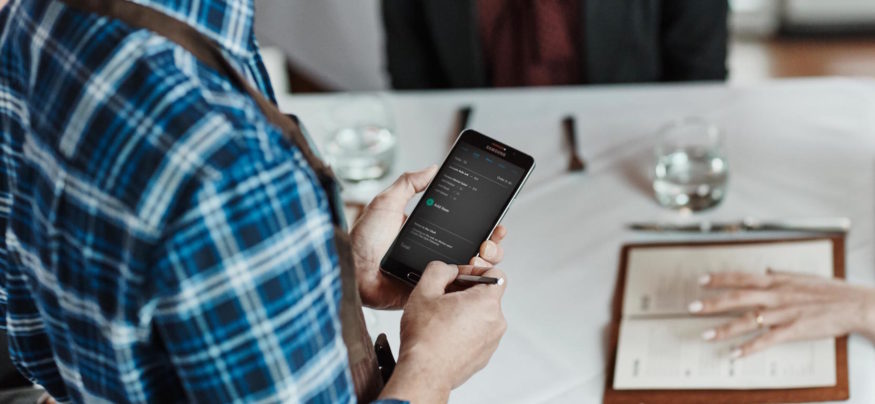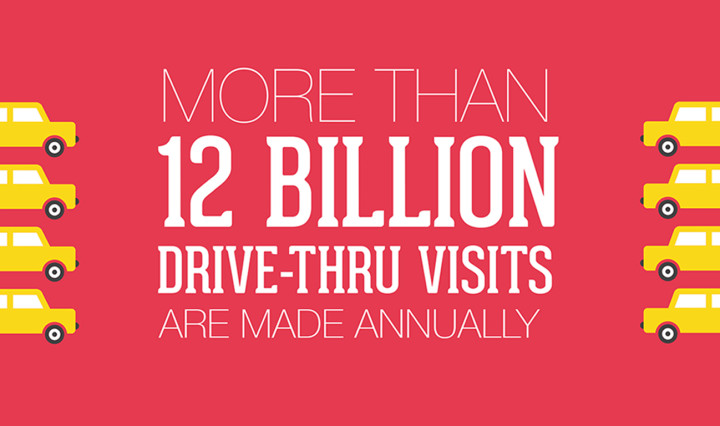Like a 1950s sci-fi movie come to life, technology now pervades everyday life. According to a 2015 report from Pew Research, 90 percent of Americans who own smartphones say they’re rarely more than an arm’s reach away from their phones. So it’s not surprising that many people are now also embracing technology as part of their dining experience.
Online Reservations and Wi-Fi Are Top Favorites
A recent industry report by POS provider Toast found that 79 percent of diners agree that restaurant technology makes their dining experience better. Online reservations, free Wi-Fi and mobile or online ordering were among the top three technologies most important to diners. In the hospitality sector, Wi-Fi is in particular demand among millennials, who are looking for high bandwidth and easy onboarding, including being able to log in using social media credentials.
As for digital payments, 62 percent of respondents have placed mobile orders using their smartphones or tablets when it was available, and another 42 percent of respondents have used mobile payments such as Samsung Pay. Digital receipts are also popular, with 42 percent of diners requesting to receive receipts via email and 11 percent requesting mobile receipts.
Where Restaurant Tech Is Headed
Before restaurateurs rush to trick out the front of the house, they need to understand the subtleties. In quick service and fast casual formats, guests appreciate the control and speed that restaurant technology brings to dining. They look to hand-held tablets to improve their dining experience, and a majority have used an ordering kiosk, such as those at Panera Bread. According to the Toast survey, in the future, guests would like to see restaurants offer “progress bars” — meters that show the status of their order while they’re waiting at the table, much like Domino’s Pizza does now with online orders. Customers would also like to see server call buttons and an easier way to obtain information about menu items, including calories, sourcing and flavor profiles.
Guest expectations are different for fine dining and casual restaurants, where they come for a face-to-face experience and don’t need the speedy service of a quick service restaurant. Restaurant technology solutions such as digital receipts or table-side payments still work in these settings. For example, 68 percent of respondents say server handheld tablets improve the guest experience, and 52 percent say tabletop tablets improve the experience, as long as servers aren’t distracted by the devices.
Guests are lukewarm on loyalty programs, but this could be due to poorly executed programs and marketing: Asked what they’re looking for in a loyalty program, guests cited technology that recognizes that they’re “regulars,” which could provide data on a guest’s favorite dishes or even give them access to special privileges, such as preferred seating.
Digital menus are transforming restaurants.
Find out here why more restaurants are making digital displays part of the ordering experience. Download Now
Restaurants Respond
Signs indicate that restaurateurs are listening to diners’ needs and increasing their use of digital devices to enhance the guest experience. But when it comes to technology projects, many restaurants are prioritizing Wi-Fi for associates over guests. This means they’re missing out on using advanced technologies such as Wi-Fi analytics solutions that would allow them to provide time- or location-specific offers to customers. They’re also passing up the chance to increase their social media presence via guests who log in using social media credentials and choose to spread the word about their experiences.
Reservations and Wi-Fi aren’t the only places restaurants are investing. Mobile payments are becoming standard, and tableside device adoption is on the rise. In fact, “customer experience management” is rapidly becoming a buzzword among restaurant operators as they learn to consider a guest’s entire brand experience, including the important role of restaurant technology.
With technology becoming so pervasive in consumers’ lives, it’s natural for it to become part of the restaurant experience. But it’s called hospitality for a reason. Restaurant operators must balance their guests’ enthusiasm for a technology-enhanced dining experience with the need to deliver the warm, personal touch that makes dining out so special.
Restaurants are also embracing new technology through digital menu boards, which attract new diners and build brand identity.


